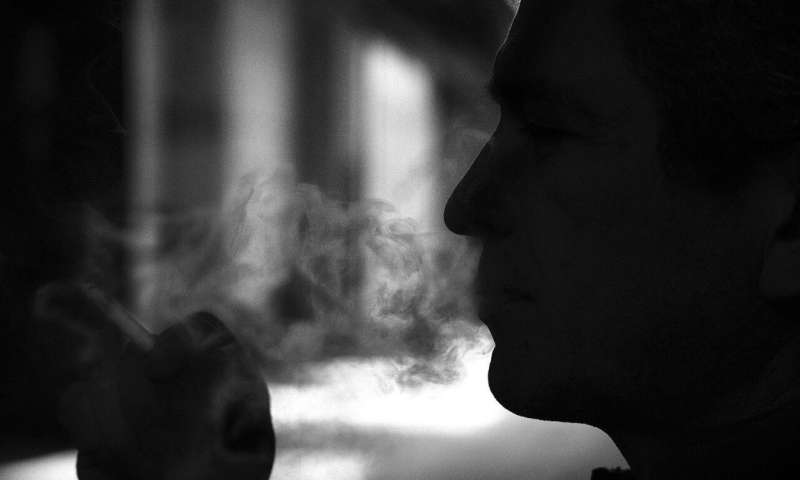Home » Health News »
Smokers concealing cigarette packs’ graphic warnings, study finds

Smokers are less likely to display packs of cigarettes and tobacco on tables at cafés and bars now that standardized packs with larger graphic health warnings have been introduced, according to a new study.
Researchers from the University of Otago, Wellington, are the first to report on changes to smokers’ behavior since standardized or ‘plain’ tobacco packaging was introduced in New Zealand between March and June 2018.
One of the researchers, Professor Janet Hoek, says the findings are consistent with other research internationally and show plain packaging is working.
“It makes tobacco less attractive and means young people are likely to find smoking less appealing. Smokers trying to quit will also be reminded of the benefits they will gain by becoming smoke-free.”
Professor Hoek, who is co-director of smoke-free research group ASPIRE 2025 and a Professor in the Departments of Public Health and Marketing, says brand imagery plays a crucial role in promoting tobacco products.
“The new packs may disrupt associations with favored brands and support the goal most smokers have—which is to quit and become smoke-free.”
Plain packaging for cigarettes and tobacco products was introduced as part of the government’s tobacco control program. Tobacco products are now sold in murky green packaging with pictorial health warnings in place of marketing imagery and brand names are printed in a small, standardized type face. The front-of-pack area used for health warnings has increased in size from 30 percent to 75 percent.
The researchers observed smokers at outdoor cafés and bars in central Wellington in 2014, before the changes were introduced, and compared the results to a second survey in 2018.
For the 2018 study, 17 observers made more than 2,400 separate visits to 56 cafés and bars which had outdoor tables where smoking was permitted. They observed almost 8,200 patrons and more than 1,100 active smokers.
Another researcher in the team, Professor Nick Wilson, says the display of tobacco packs and the level of smoking was greatest at venues without children present, compared to those with children around.
“We found the same pattern in the 2014 study and it suggests that many smokers are being responsible about not smoking in the presence of children.
“This is consistent with surveys about attitudes to smoking in cars with children—where nearly all smokers believe that children should not be exposed to smoking.”
Professor Wilson says however that the country still has a long way to go to achieve the Government’s goal of New Zealand becoming smoke free by 2025.
Source: Read Full Article



